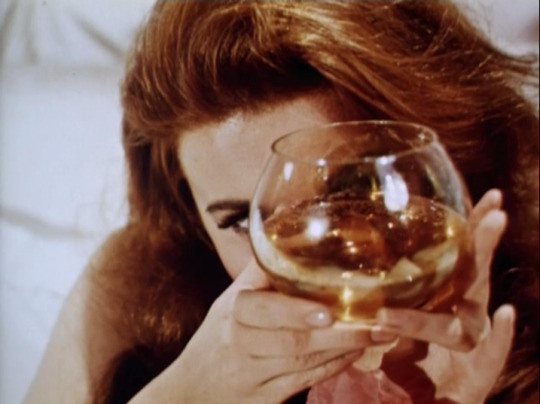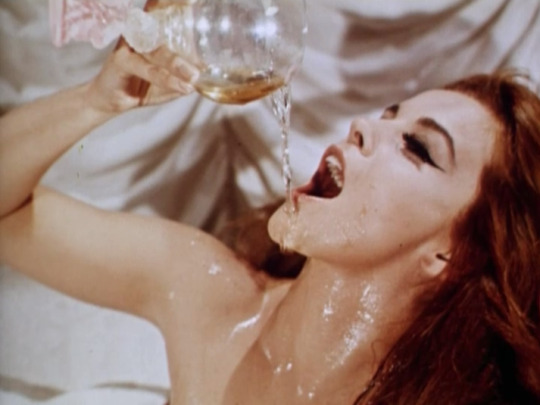#1960 films
Text
Peeping Tom (1960)

I’ve seen Michael Powell’s Peeping Tom on several lists of “the best slasher movies ever made”. I don’t know if it belongs among the likes of Halloween or The Burning. Not because it isn’t good. Quite the opposite; this is an excellent film. I’m saying it doesn’t belong because this isn’t really a slasher film. This psychological horror-thriller doesn’t have the masked killed, the character “in the know” or many of the other tropes you’d expect to see. Instead, it has the transitional elements that would someday become them. Semantics aside, this film stands confidently as a piece of horror history or on its own.
In London, Mark Lewis (Carl Boehm) is a photographer and aspiring filmmaker obsessed with capturing images of fear. Alone in his loft, he watches videos of the murders he's committed. As the investigators on his tail begin getting closer, he befriends Helen Stephens (Anna Massey).
It would be interesting to see Peeping Tom remade because so many aspects of it would be different if shot today. In 1960, cameras weren’t rare but they weren’t everpresent the way they are today and you could argue that we’ve become as obsessed with photography and videos as Mark. He isn’t merely shooting the last moments of his victim’s lives; he goes back to the scene of the crime the next morning to capture the looks on people’s faces when they wheel out the prostitute he murdered (Brenda Bruce). He wants to see how people react when they find the bodies. He wants to see the moment when his victims realize their lives are over again and again. Whenever he meets a woman and shows the slightest bit of interest in her, you wonder what he sees. Another victim? A kindred spirit? To a man this unhinged, is there a difference?
The thing is that Mark isn’t completely loony. Most of the time, he seems like a perfectly normal person. Perhaps a bit shy, but he has a normal job, the scenes with him and Helen are even a bit sweet - though they can make the middle feel a tad slow. You’d never guess just how disturbed he is under that facade, which makes him much scarier than someone like Jason Voorhees. This is the kind of character any psychologist would have a field day evaluating because each scene unveils a new layer of psychological complexity.
For the titular peeping tom alone, this is a great film but there are other elements to appreciate. The very first shot is from Mark’s point of view. It’s not because we’re going to have a twist reveal of his identity later; it’s so we can feel what it’s like to be him. We never see the actual murders - the camera always cuts away. This means we eagerly anticipate the scenes where Mark sits down to watch his snuff films - even if the scene just happened. Like him, we’re hoping to catch something we didn’t the first time. Every time, his reels fail to deliver what we want. It makes us look forward to the next crime. “This time, for sure” the film seems to say. For 101 minutes, we're addicts and that ending? It’s quite a shocker. You should’ve seen coming but didn’t, which makes it that much more unsettling.
Like so many horror classics before it, Peeping Tom was practically burned at the stake upon its initial release. In a way, you can sort of understand why. Even today, Mark Lewis makes your skin crawl and the idea that a “good movie” has to be “good for you” still prevails. The outrage made everyone miss the excellent storytelling and characterization at the core of Peeping Tom. This is a picture I see myself returning to, and appreciating more with every subsequent watch. (May 13, 2022)

#Peeping Tom#movies#films#movie reviews#film reviews#Michael Powell#Leo Marks#Carl Boehm#Moira Shearer#Anna Massey#Maxine Audley#1960 movies#1960 films
2 notes
·
View notes
Text
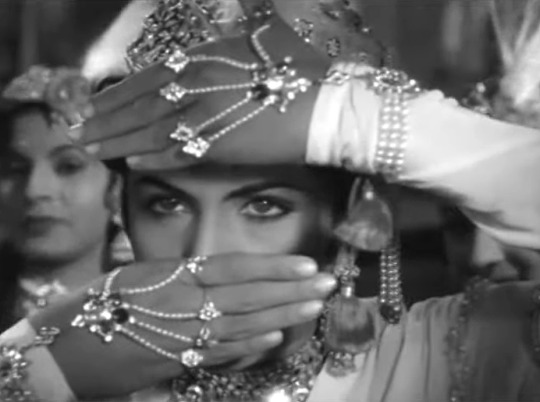




One Dress a Day Challenge
Monochrome July
Mughal-E-Azam / Nigar Sultana as Bahar
As frequently happens, the "bad girl" in this movie gets much better costumes than the "good girl"! Here, she's decked out for a singing contest against her rival, standing out from her backup singers in brilliant white and lots of sparkle. I just adore the look of the perky little gem-studded hat, and the tassels at her wrists!
This movie was originally intended to be filmed in color, and when the colorized version came out, that seems to have become the official version. Although colorization would be a crime for some films, I don't mind so much in this case, since it was the original intent and the colorization is well done. Still, it was black and white for more than forty years, so I think this counts for the month of monochrome.
#mughal e azam#monochrome july#nigar sultana#one dress a day challenge#one dress a week challenge#movie costumes#bollywood costumes#indian film#indian cinema#bollywood#1960 films#1960 movies#period film#black and white movies
30 notes
·
View notes
Text
Rookie-Critic's Halloween Horror-thon: Part 4 - #16-20


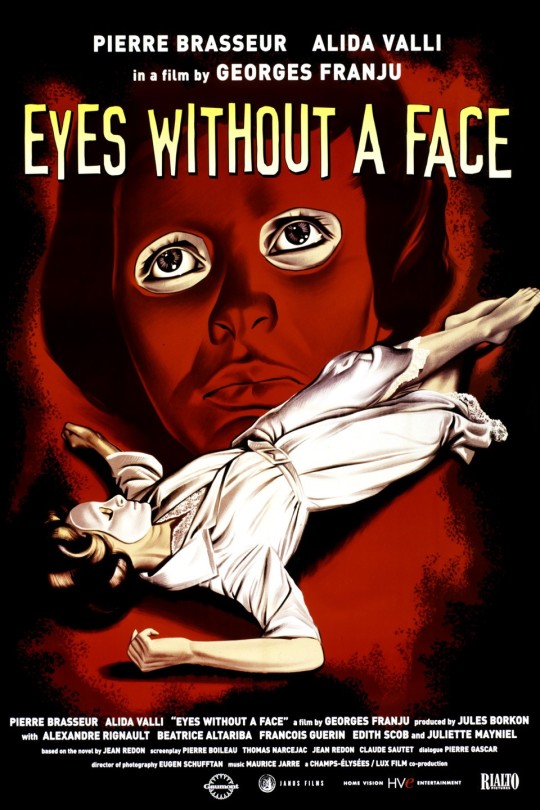


#16: Tetsuo: The Iron Man (1989, dir. Shinya Tsukamoto) [REWATCH]
A cult classic of Japanese cyberpunk horror and the debut film of one of my favorite Japanese directors, Shinya Tsukamoto (if you couldn't tell). The inspirational reach of this film is palpable if you know what to look for, having been cited by directors like Darren Aronofsky for his film Pi, Quentin Tarantino, David Fincher, and the Wachowskis for The Matrix. It's hard to argue with results like that. I personally love this movie, I have its scant 67-minute runtime nearly memorized and have seen it more times than I can remember. However, I can certainly acknowledge its shortcomings as something that's not accessible to most audiences. Plot is definitely more of a suggestion than a rule here, and a lot of the film is spent in a state of frantic bewilderment as you try to piece together what exactly is going on through the nearly incomprehensible madness onscreen, but ultimately the "why" of it isn't important. It's rare that I say this, but I almost prefer that the film doesn't really give the audience anything concrete to go off of. It gives enough, and for the purposes of its dissection (apropos word choice there, good job, Rookie) of the relationship between man and metal and the growing industrialization of the 80s, Tsukamoto does exactly what he needs to do, and doesn't overstay his welcome in the slightest. It's one of the bigger reasons why this film works better than either of its sequels/reimaginings, and why it's so well-regarded amongst international film buffs. A short, manic, bizarro-thrill ride, and I wouldn't have it any other way.
Score: 8/10
Currently streaming on AMC+/Shudder.
———————————————–
#17: Onibaba (1964, dir. Kaneto Shindo)
This, for a majority of its runtime, doesn't really feel like a horror movie. That being said, there are plenty of pieces of horror in it to where, by the end, I see why it's labeled as such. The suffocation of the grass field that surrounds our main setting from all sides aides the claustrophobic nature of the film, and casts an air of foreboding over every shot. It's an interesting watch that dives into the desperation we feel when we are starved of our base desires and how that can cloud our judgement, especially in times of great hardship (in this instance, war). It's a film that leaves itself wide-open for interpretation, and one I'm still pondering over days later.
Score: 7/10
Currently streaming on Max.
———————————————–
#18: Eyes Without a Face (1960, dir. Georges Franju)
This French horror from the early '60s is another that I've owned for quite some time, and just never taken the time to actually sit down and watch. It's a slow burn (much like a lot of these older, black-and-white films are), and there are moments that feel like they drag on for too long, but the parts of this film that do work, really work. What Franju and his team were able to accomplish with practical effects and makeup in this is exceptional by today's standards, let alone when the film was released in 1960. The acting from Édith Scob as Christiane is similarly excellent considering she acts through the entirety of her screen time with a mask on. To be able to convey emotion without the benefit of facial expressions and have it come through despite that handicap and the language barrier (the film is in French) rightfully earns this film the praise it has received over the decades.
Score: 7/10
Currently streaming on Max.
———————————————–
#19: Ginger Snaps (2000, dir. John Fawcett)
OK, so I've seen Jennifer's Body twice, right? Once back around the time it came out (I hated it then) and then once within the past 5 years because I heard it was underappreciated in its time and is worth re-evalutating (I still don't like it very much). So with the memory of Jennifer's Body still fairly fresh, I'm just gonna say this is so close to being the exact same movie (there's obviously some differences in their story: werewolf not succubus, sisters not best friends), to the point where I out loud in the group I was watching it with said "Jennifer's Body just straight ripped this off, right?" and got a fair amount of agreement. However, this, to me, is a much better film. It has a lot of the Diablo Cody-esque kitschy dialogue without tipping into hard cringe and the practical effects work, while B-movie-ish in nature (we're never, as a society, going to top the transformation sequence from An American Werewolf in London), is really well done. It strikes a good balance between camp and smartly written horror which Emily Perkins and Katharine Isabelle juggle competently. Isabelle especially steals the show here as the titular Ginger, and provides a good, if not slightly caricatured, depiction of female puberty. Narratively messy, but tonally sound, Ginger Snaps deserves its status as a cult classic.
Score: 7/10
Currently streaming on Peacock.
———————————————–
#20: Opera (1987, dir. Dario Argento)
Opera is largely considered director Dario Argento's last great film before the quality of his output started to drop, and I can see why. It has all of the things that make his movies so good: a compelling main character driven by an even more compelling lead performance, an engaging mystery that unravels itself naturally over the course of the film, and that impeccable giallo style that he is the king of. Cristina Marsillach gives an impassioned performance and easily garners the audience's sympathy. The biggest curiosity of the film is that the murder sequences, which are expertly shot and unique in that the killer always ties up our protagonist and tapes needles underneath her eyes so that she has to watch the horror that ensues, are always cut with this insane, Judas Priest-like heavy metal music playing over them. Let me tell you that the consistency with which that heavy metal music played throughout the film had me confused, and then put off, and then finally fully indoctrinated by the final time it happened at the film's end. So much so that when that final time was about to happen, I was quite literally on the edge of my seat with anticipation, because I could feel it coming, and then when it finally came on I jumped up and cheered. I'm not sure if the desired reaction was achieved, but man was it massively entertaining. It's a little goofy, but I feel like this was about as far as Argento's signature style can be pushed without being a parody of itself, and Opera still largely works in spite of that glaring oddity.
Score: 7/10
Currently streaming on AMC+/Shudder.
#Rookie-Critic's Halloween Horror-thon#Halloween Horror-thon#Halloween#Horror#Tetsuo: The Iron Man#Tetsuo#The Iron Man#Onibaba#Eyes Without a Face#Ginger Snaps#Opera#Shinya Tsukamoto#Kaneto Shindo#Georges Franju#John Fawcett#Dario Argento#1989 films#1964 films#1960 films#2000 films#1987 films#film review#movie review
1 note
·
View note
Text

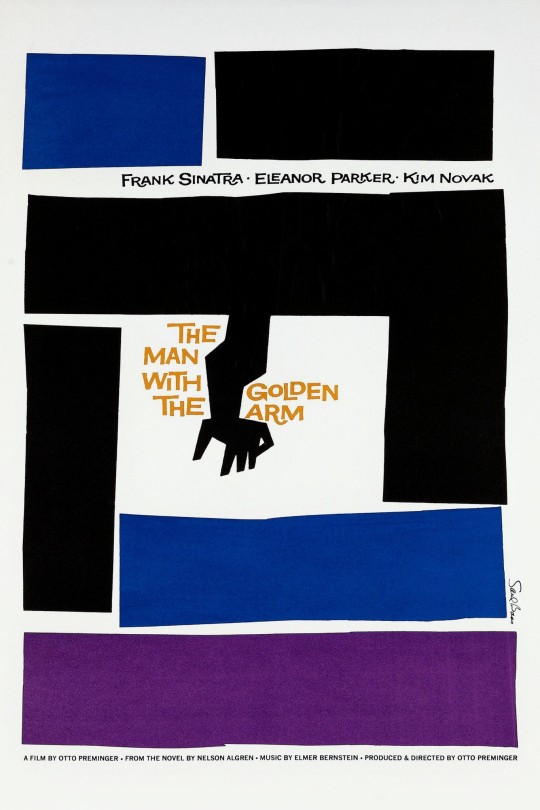

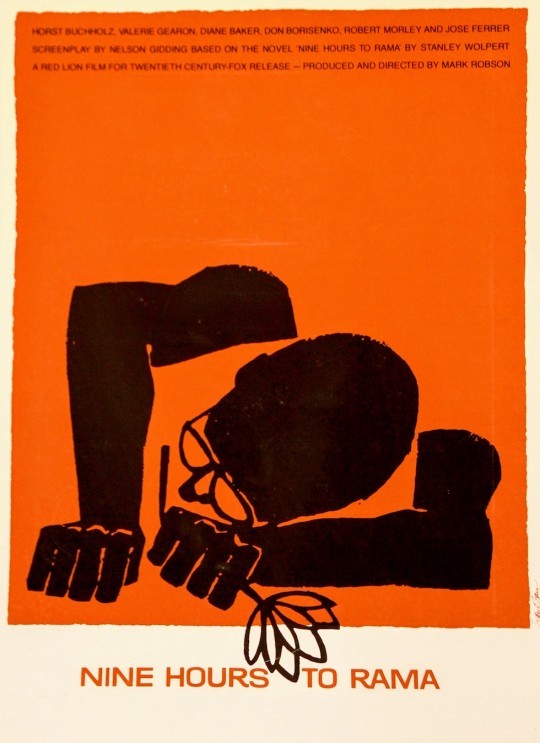
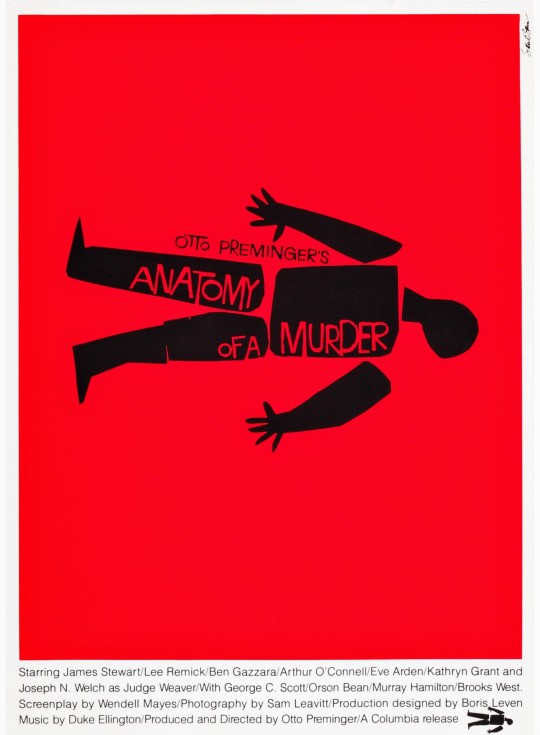

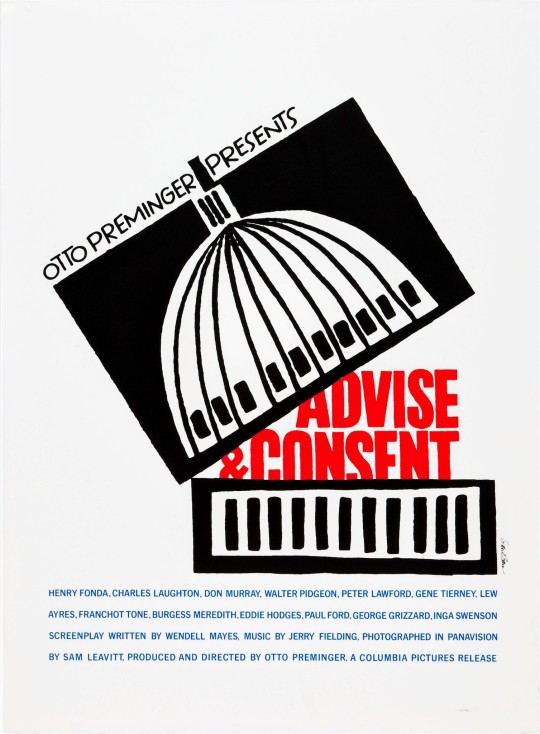
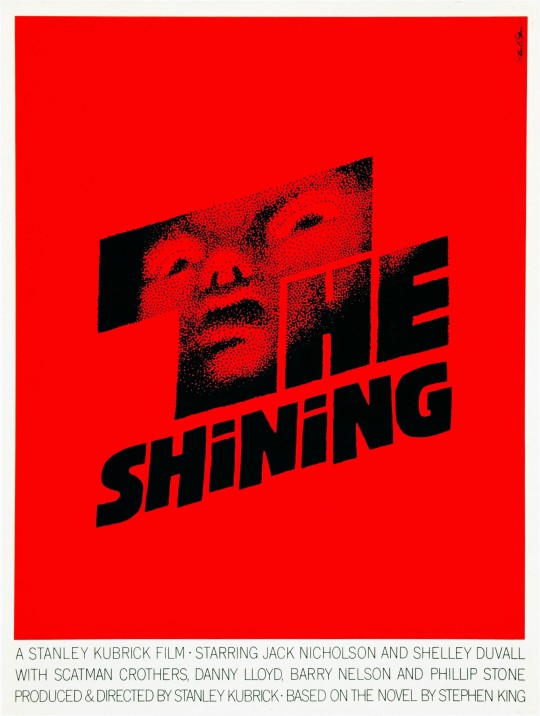

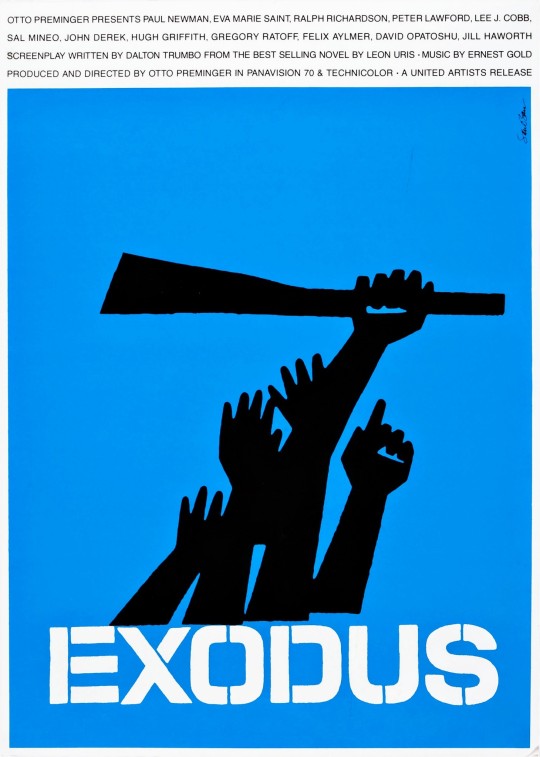
Saul Bass: 10 iconic movie posters.
#saul bass#vintage#posters#art#retro#art history#graphic design#1960s#movies#1950s#cinema#film#alfred hitchcock#hollywood#minimalism#the shining#design#history#aesthetic#typography#culture#style#🎨
5K notes
·
View notes
Text

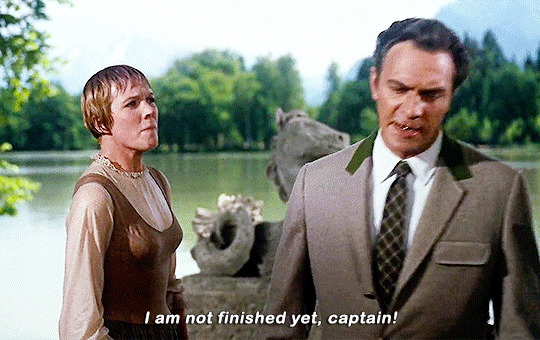

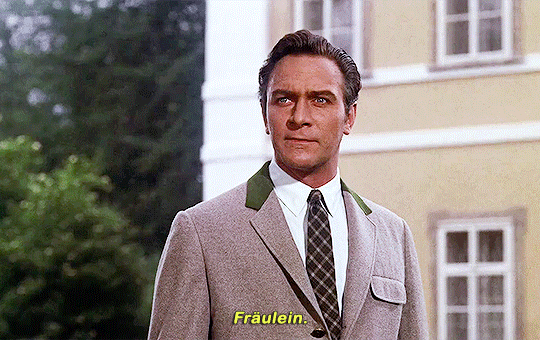
The Sound of Music
dir. Robert Wise | 1965
#The Sound of Music#filmedit#filmgifs#classicfilmedit#userteri#usertennant#usersugar#henricavyll#tuserpris#underbetelgeuse#userveronika#userrlaura#tuserpolly#1960s#film#ours#by diana
2K notes
·
View notes
Text

The Nightmare at Elm Manor (1961)
#the nightmare at elm manor#june palmer#stuart samuels#1960s horror#1960s movies#1961#george harrison marks#nudie cutie#short films#experimental#horrorgifs#gif#my gifs
2K notes
·
View notes
Text

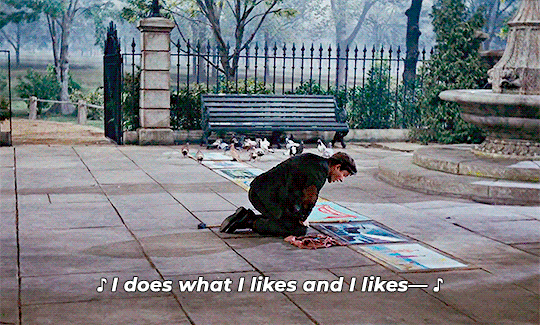
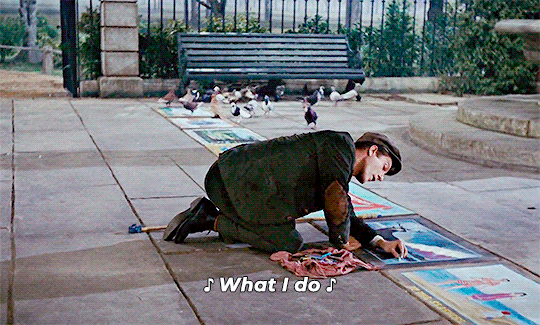

Dick Van Dyke in Mary Poppins (1964) dir. Robert Stevenson
#dick van dyke#mary poppins#robert stevenson#1960s#1964#disneyedit#disney#filmedit#filmgifs#moviegifs#cinema#my gifs#my edits#Disneygifs#1k#film#old hollywood
3K notes
·
View notes
Text


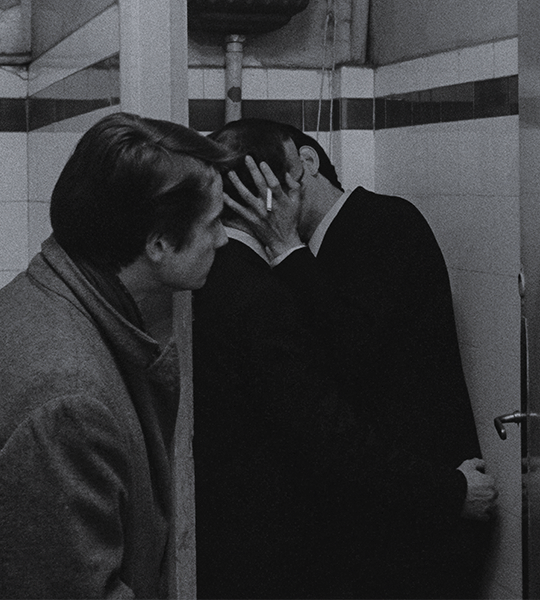
MASCULIN FÉMININ (1966)
dir. Jean-Luc Godard · Romance/Documentary
#lmao does he want to join? also can you imagine seeing this in theatres in the 60s as a queer person? it'll sustain u for months#filmedit#masculin féminin#masculin feminin#jean-pierre léaud#jean-luc godard#1960s#1966#lgbtedit#queer#film#movie#kiss#couple#affection#intimacy#desire#la france
3K notes
·
View notes
Text

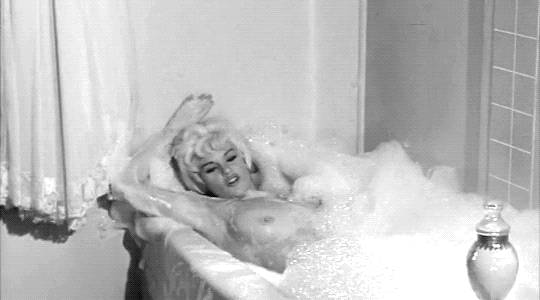

Jayne Mansfield / King Donovan’s Promises! Promises! (1963)
Released as the Hays Code (aka the Motion Picture Production Code) began to be applied erratically and before the MPAA film rating system was introduced in 1968, this film was the first mainstream Hollywood film of the sound era to feature nudity by one of its lead actors.
5K notes
·
View notes
Photo
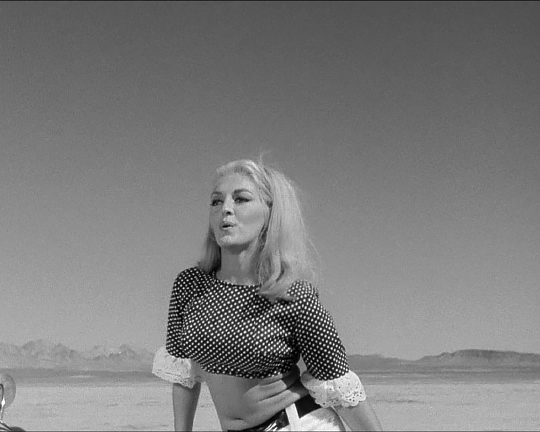
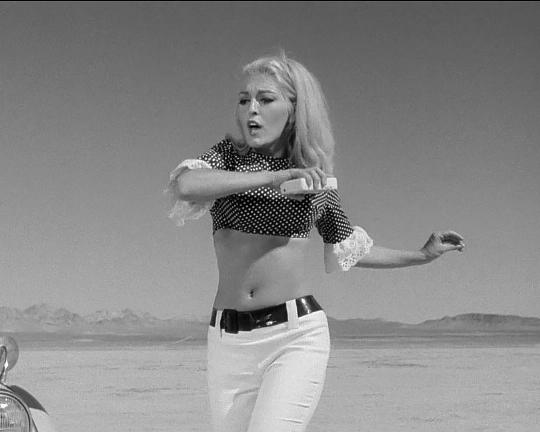
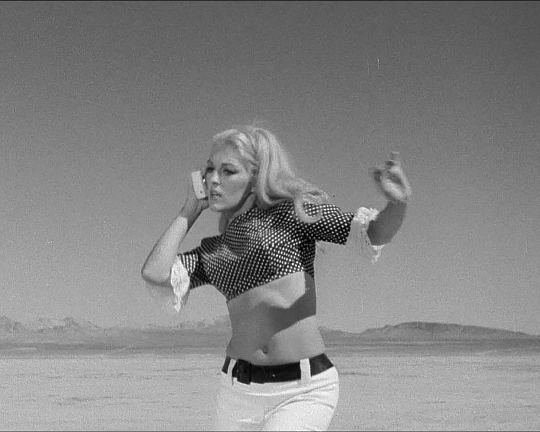
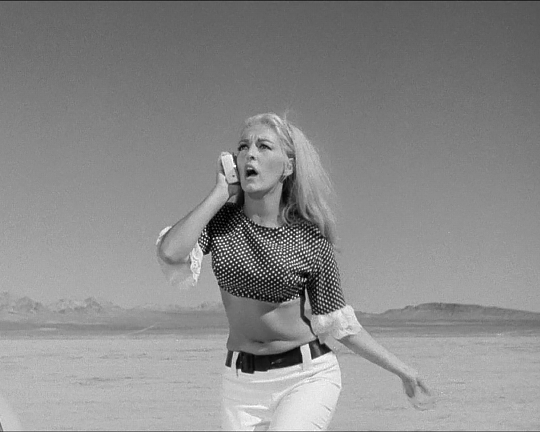
Lori Williams | Faster, Pussycat! Kill! Kill! | 1965
#faster pussycat kill kill#60s#russ meyer#60s fashion#dance#go go dancer#lori williams#faster pussycat! kill! kill!#1960s fashion#vintage fashion#1960s#dancing#exploitation film#black and white#film#gif#filmedit#dailyflicks#moviegifs#userfilm
5K notes
·
View notes
Text
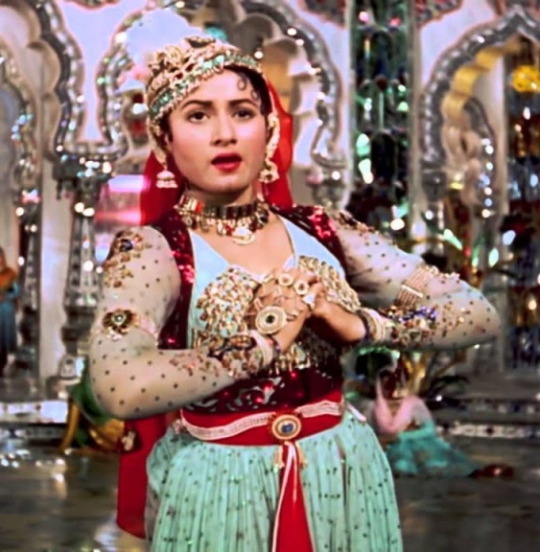
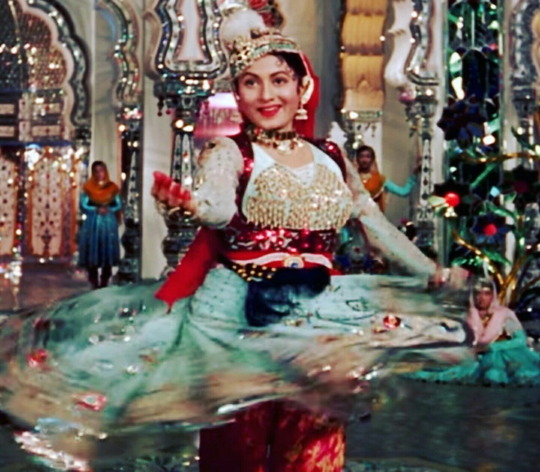
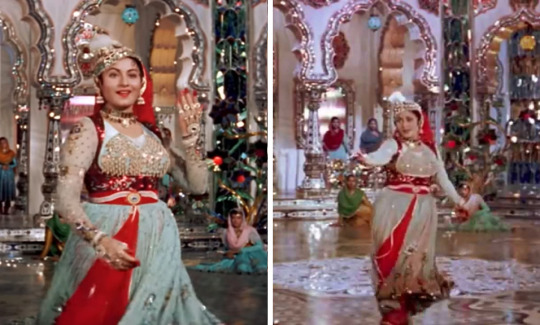


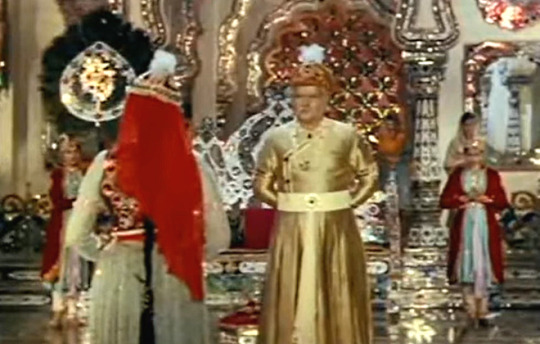
One Dress a Day Challenge
Multicolored August
Mughal-e-Azam / Madhubala as Anarkali
When I said earlier that this movie was originally filmed in black and white, that was only mostly true. A few selected sequences, including this one, were filmed in color.
Anarkali's dancing outfit combines red, white, black, gold, and a soft sea-green. She wears red leggings under the filmy skirt so that her legs don't show when she twirls; you can just glimpse them in the picture where the skirt is swirling out. I wish we could get a better look at the decoration on the back of her bodice, as it looks quite elaborate.
#mughal e azam#multicolored august#madhubala#one dress a day challenge#one dress a week challenge#movie costumes#period film#bollywood costumes#indian film#indian cinema#indian movies#1960 movies#1960 films#anarkali#multicoloured august#16th century costumes
22 notes
·
View notes
Text
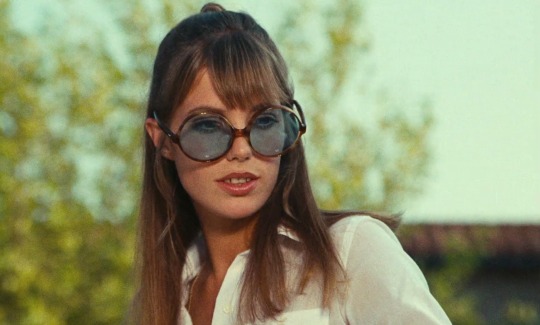
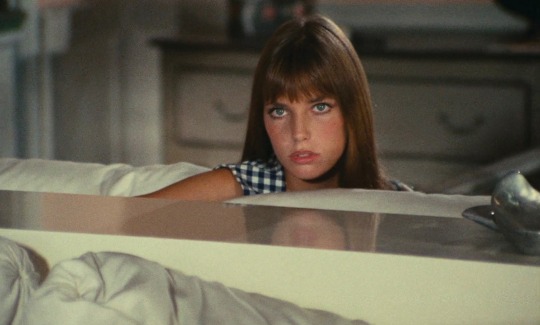
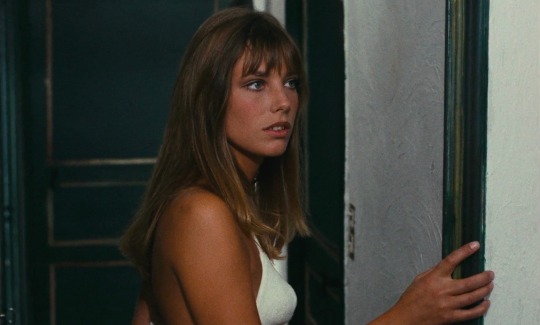
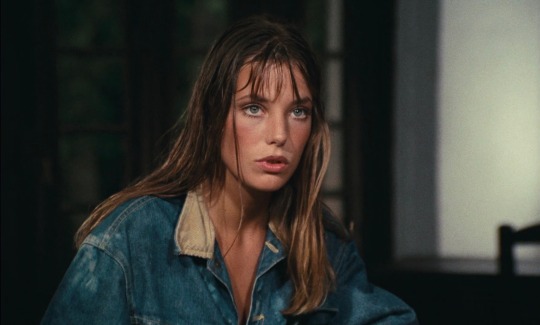

Jane Birkin in La Piscine (1969)
#la piscine#la piscine 1969#the swimming pool 1969#jane birkin#alain delon#romy schneider#maurice ronet#jacques deray#french film#french cinema#cinéma français#french new wave#1960s#1960s cinema#festival de cannes#été#summer
7K notes
·
View notes
Text

Sharon Tate at the Cannes Film Festival, 1968.
#vintage#black and white#sharon tate#60s icons#60s#1960s#vintage hollywood#vintage movies#cannes#cannes film festival
1K notes
·
View notes
Text


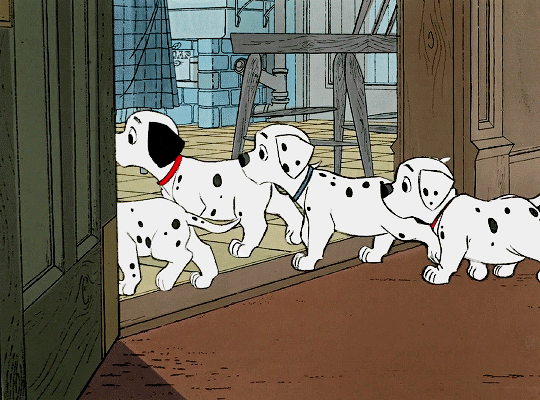


101 Dalmatians
dir. Wolfgang Reitherman, Clyde Geronimi, Hamilton Luske | 1961
#disneyedit#101 dalmations#filmedit#filmgifs#animationedit#classicfilmedit#userteri#usertennant#usersugar#miatendos#henricavyll#tuserpris#underbetelgeuse#userveronika#1960s#ours#film#by diana
2K notes
·
View notes


